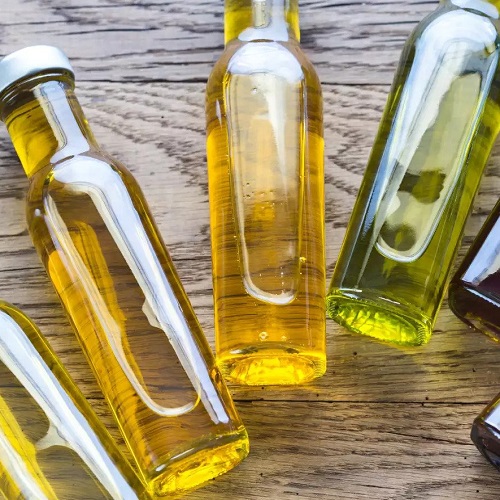Biomass has been in use since people first began burning wood to cook food and keep warm. Wood is still the largest biomass energy resource today. Other sources include food crops, grassy and woody plants, residues from agriculture or forestry, oil-rich algae, and the organic component of municipal and industrial wastes. Even the fumes from landfills (which contain methane, the main component in natural gas) can be used as a biomass energy source.
Benefits of Bio Mass






